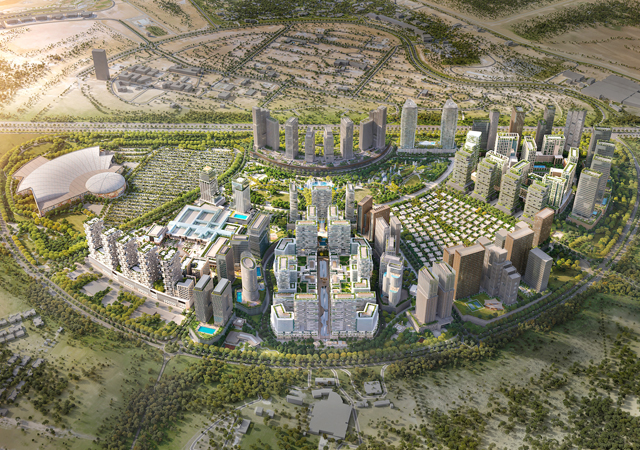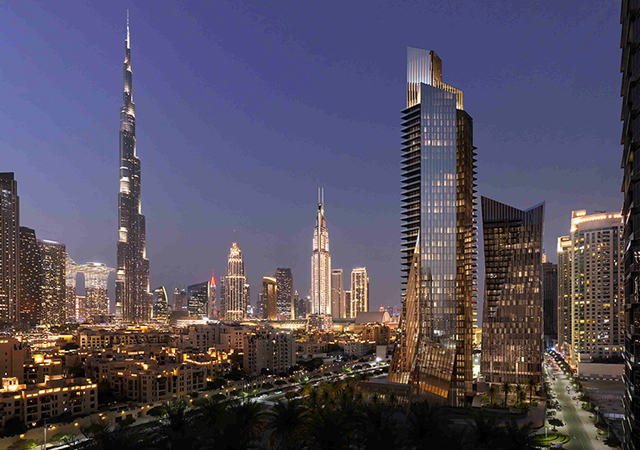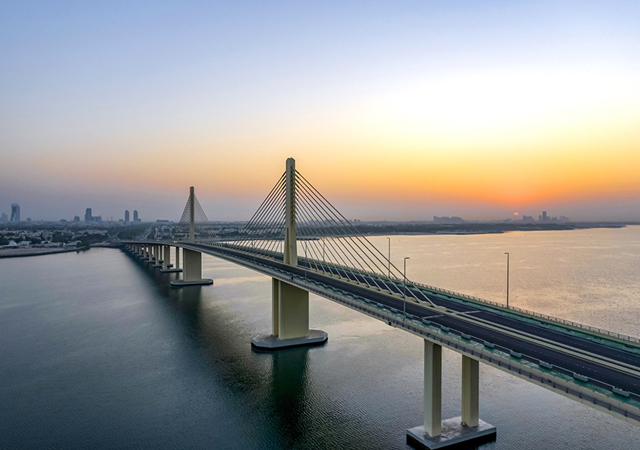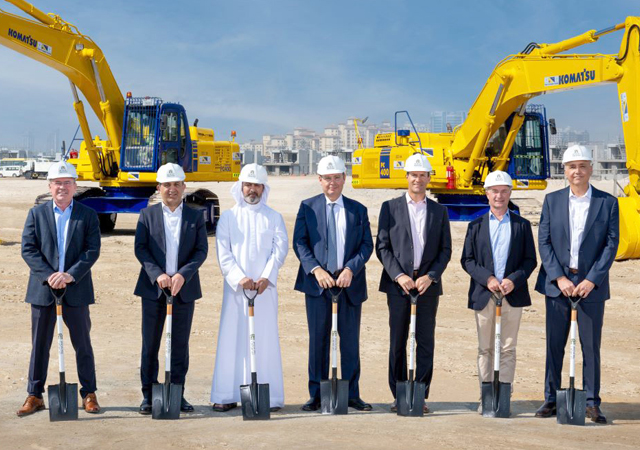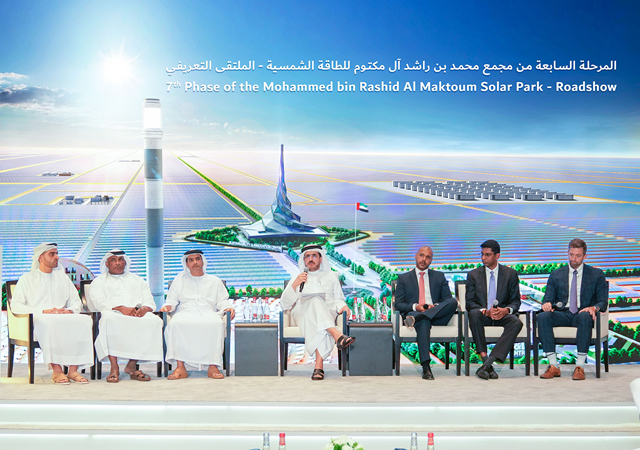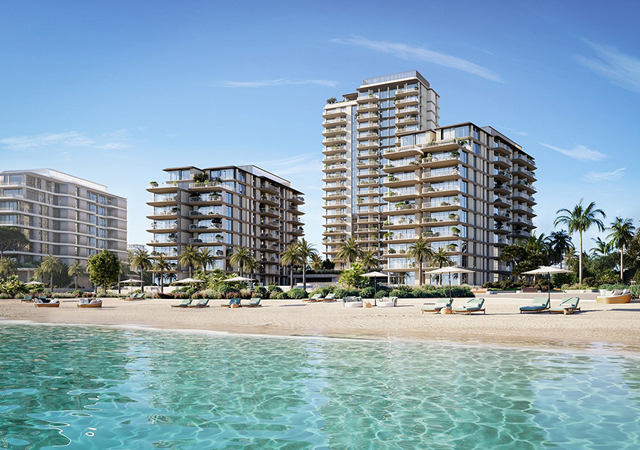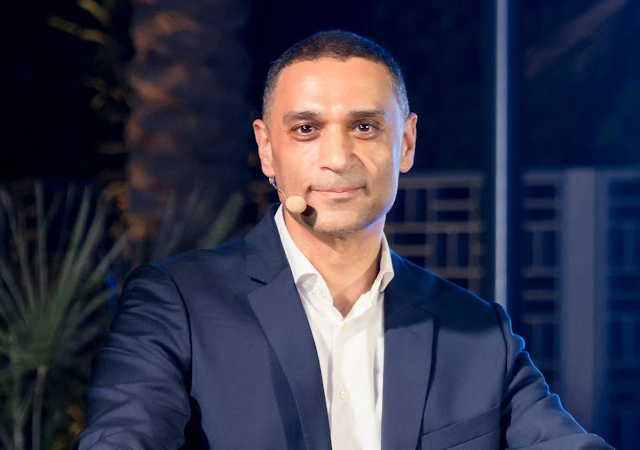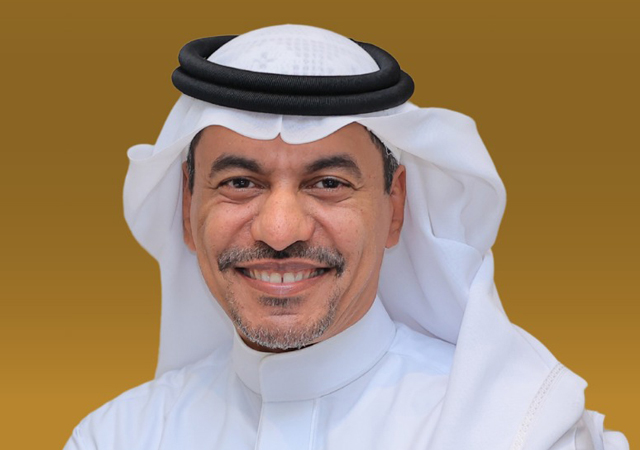

Stevin Rock – a leading quarry operator in the Arabian Gulf, which supplies more than 35 per cent of the needs of the UAE and surrounding Gulf states – has standardised on Sandvik surface drills and rock tools after lengthy trials, in a move to maximise productivity and meet the demands of the fast-growing building and construction industry in the Gulf.
“Over the past five years we have seen an enormous increase in demand, particularly from Dubai and from other markets in the region,” says Naser Bustami, general manager of Stevin Rock.
Stevin Rock operates three limestone and gabbro quarries in Ras Al Khaimah and produces both aggregate and armour rock. It now produces 32 million tonnes a year and this is projected to increase to 40 million tonnes. The quarries are at Khor Khwair (Q2), Al Ghail (Q3) and Kadra (Q4). The first quarry in Ras Al Khaimah, Q1, is now fully operational. While Q2 and Q3 are mainly limestone, Q4 specialises in gabbro. A range of Sandvik bench drilling rigs was required to work the different drilling conditions.
“We have recently decided to replace our mixed fleet of rock drilling rigs and to standardise on one manufacturer, in order to meet a range of criteria that includes optimum rock drilling, ease of operation, and fast and reliable service and maintenance,” he says.
Stevin Rock brought in two hydraulic crawler drills of comparable specifications, one a Sandvik and the other also from a well-known and respected manufacturer, and operated them in the same quarry to evaluate their performance.
“We had no preconceived notions as to which was best, and we had no allegiance to either manufacturer. But after extensive trials, it was clear that the Sandvik drill was doing everything we wanted of it,” he comments.
It has to date taken delivery of six Sandvik crawler rigs including one Pantera 1500, two Ranger 700 and three Ranger 780 units. The Pantera is fitted with the top-of-the-range HL1560 hydraulic rock drill with integrated stabiliser, and is designed to drill 89 to 152 mm diameter holes to depths of 25 m, using Sandvik GT60 drill steels.
Stevin Rock has also recently expanded its rock crushing line to cope with the demand, and intends to add to its Sandvik fleet in the near future.
“The Rangers used were hydraulic crawler drills with a revolving superstructure and an articulated boom that can handle very rough terrain and which has an outstanding reach that makes it highly productive. Rangers can drill holes up to 25 m in depth and are fitted with Rock Pilot, which is a smooth predictive anti-jamming system that stabilises drilling in difficult conditions, maintaining high performance and drill steel service life,” says a spokesman for the Sweden-based Sandvik Mining and Construction.
Dynatrade Automotive Group, Sandvik’s distributor in the UAE, has supplied all the equipment and undertaken the training as it has a service and maintenance agreement with Stevin Rock.
“Drill operator training is especially important, as some operators may not have experience with the new technology. We are producing huge volumes of rock therefore he must learn and understand the machine and be able to begin working with it at optimum efficiency almost from the very start,” Bustami points out.
“We have had excellent service from Sandvik Mining and Construction from its Dubai office and with specialists flying from Finland to advise us. We are also supported by Dynatrade, who in addition to providing maintenance back-up, always keeps one or two rock drilling machines in stock in Sharjah,” he says. “This is particularly useful to us. Our business is one in which you cannot always plan everything in advance, and on more than one occasion we have had to move very quickly in purchasing a new rock drilling rig and Dynatrade has always been able to supply us immediately.
Dynatrade is also supplying all of the Sandvik drill bits for all the drilling rigs. For the Rangers working in the limestone quarries, Stevin Rock is generally using 102 mm semi-ballistic drill bits. The Pantera 1500 rig working in the Q2 limestone quarry is equipped with 127 mm spherical retrac bits. The Rangers working in the Q4 gabbro quarry are using 102 mm spherical grade 65 bits.
The Ranger 700 and 780 are fitted with Sandvik T51 drill steels while the Pantera 1500 uses GT60 drill steels.
Graham Farrington, works manager, says that the limestone in Q2 and Q3 is relatively easy to drill. “There is a challenge in that it is fragmented in many areas, but there is little wear on the drill bits. The gabbro, however, is extremely tough, and the life of the drill bits is reduced by half compared to the limestone.
“We therefore regrind the buttons on the drill bits at a workshop in the Q4 gabbro quarry, because that is where most of the work has to be done. We take our limestone drill bits over when they start to wear down. The regrinding gives about 2,500 m extra life to the drill bits and that consequently this is regarded as an important part of the operation,” Farrington comments.
The Ranger 780 has proved to be slightly more effective than the 700 in drilling in the gabbro, as the penetration rate is better, he adds.
All the drilling is generally to around 15 m in depth, but the two different types of rock give dramatically different drilling rates, with the limestone being drilled at around 35 m/h while the gabbro gives an average of 20 m/h.
“For both types of rock, this roughly doubles the productivity of the drilling equipment the company was using before Sandvik machines were brought onto the site,” Farrington points out.
When blasting, the size of the resultant rock depends on the product and if the rock is going to the crusher for aggregate, the company is aiming for 350 to 400 mm in broken size. Blasting takes place on five days a week on all three sites, with up to three locations in each quarry being blasted simultaneously, making nine blasts per day. The explosives are trucked in under police escort from a depot at Ras Al Khaimah, with the total amount required being 15 tonnes per day.
Stevin Rock is supplying aggregate to many large projects in Dubai and the region, including the Dubai International Airport expansion programme, Dubai Festival City, the Palms project, Doha International Airport, and a major steel plant in India.



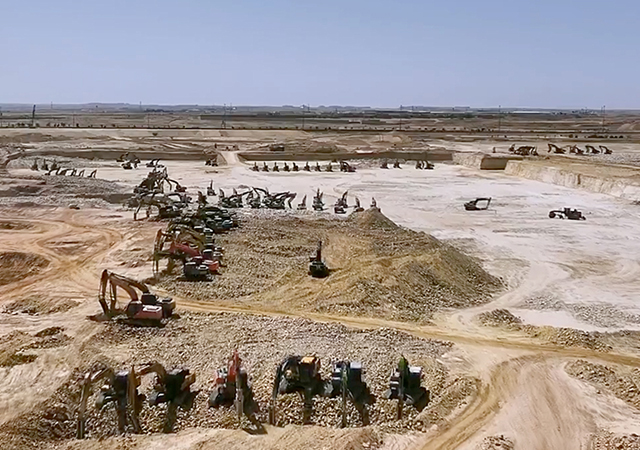
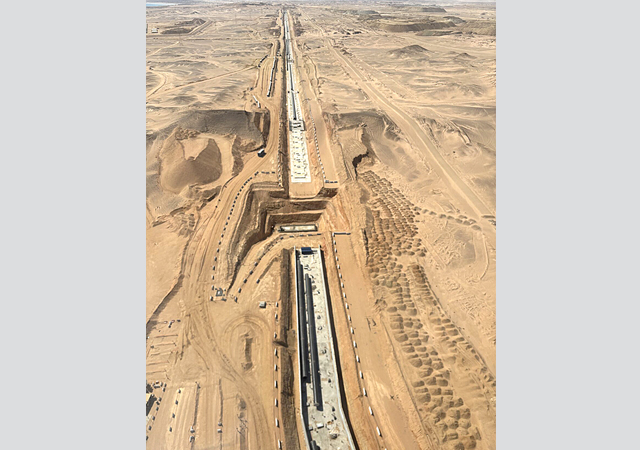

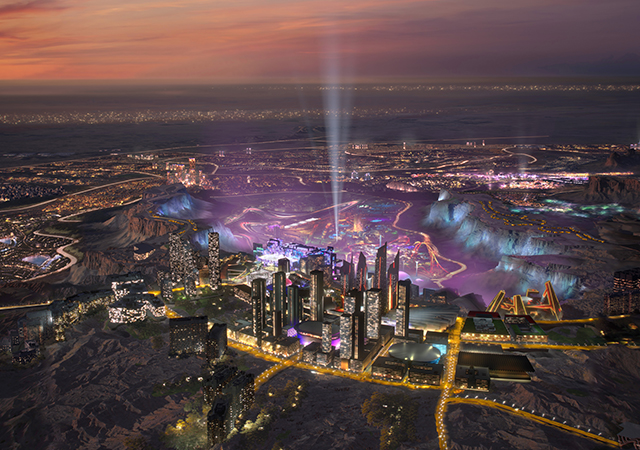



 BIG.jpg)
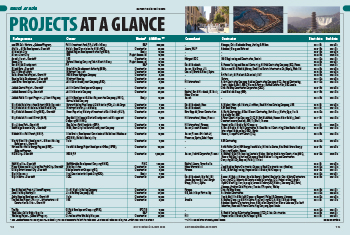
.jpg)
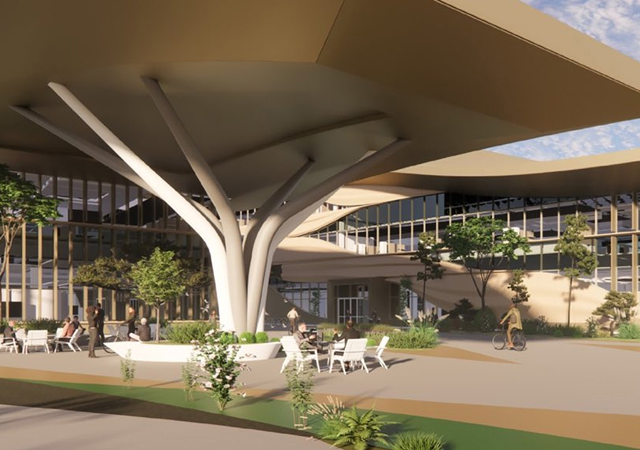

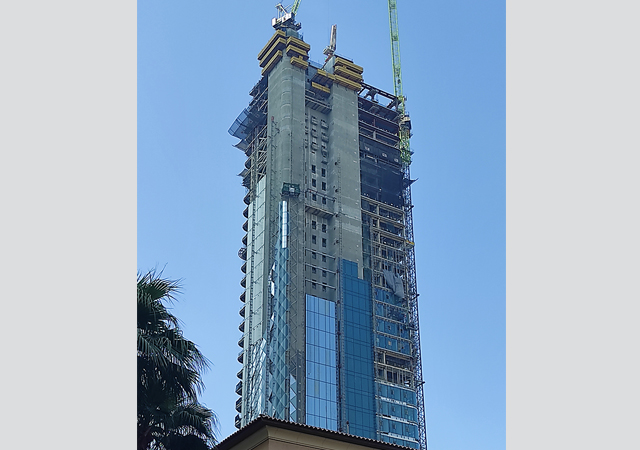
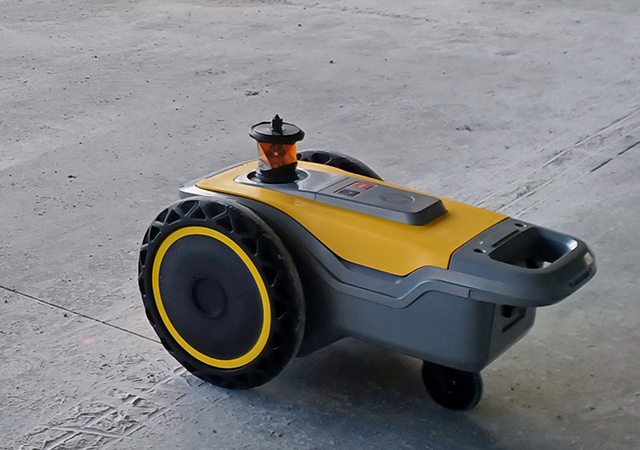
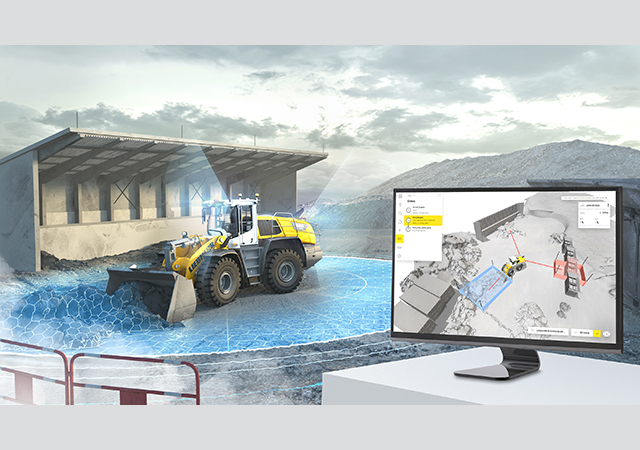
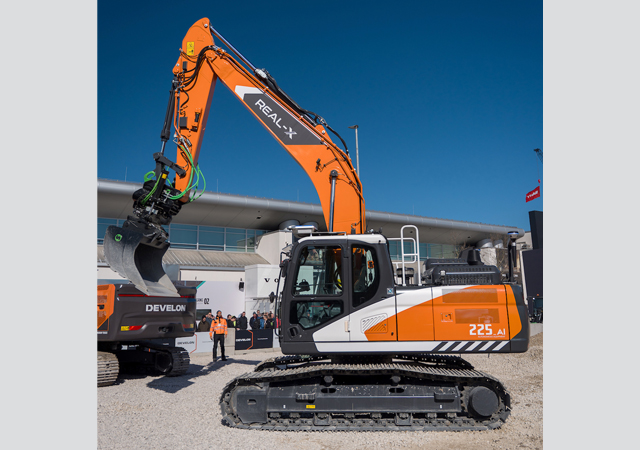
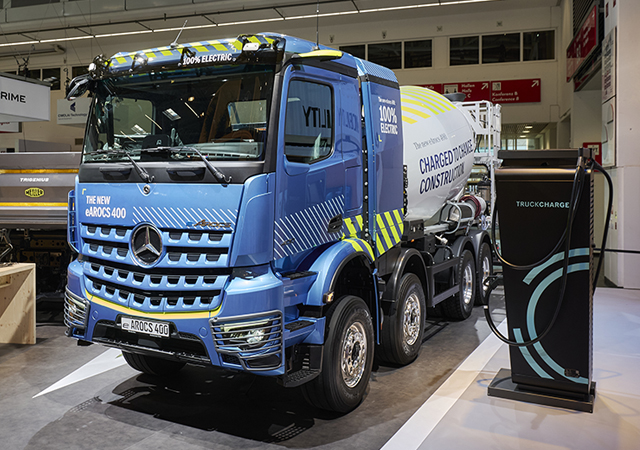



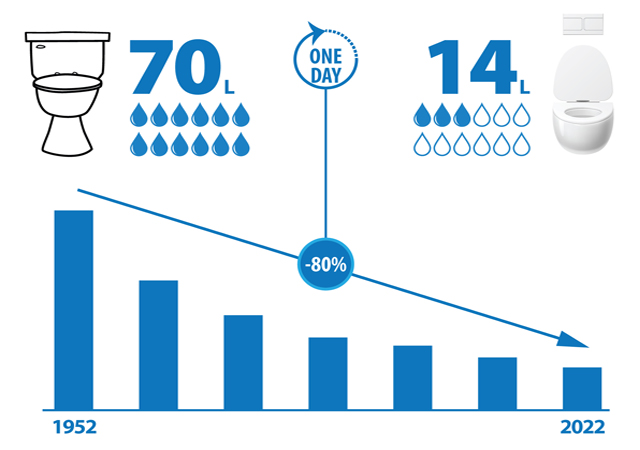

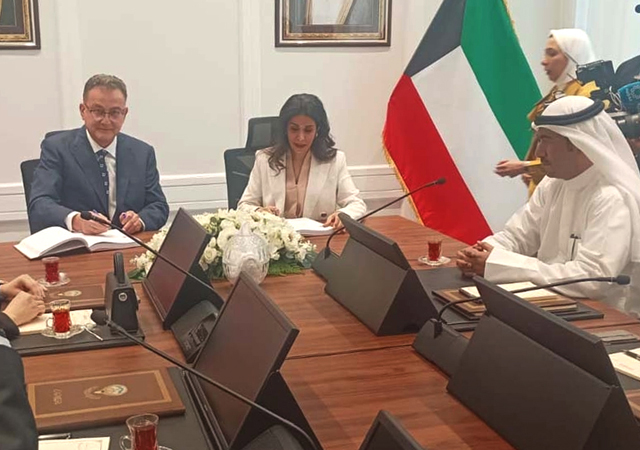
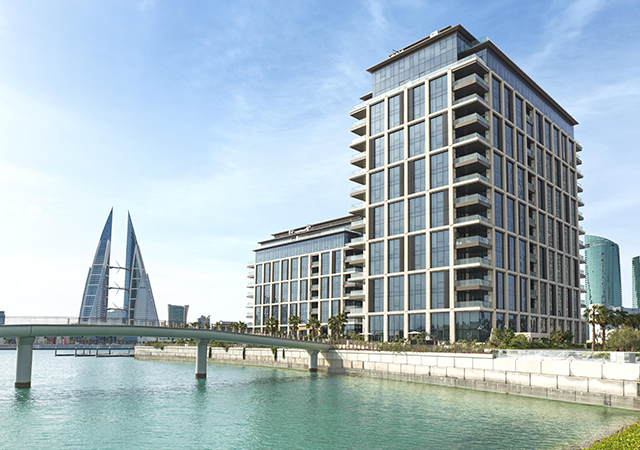
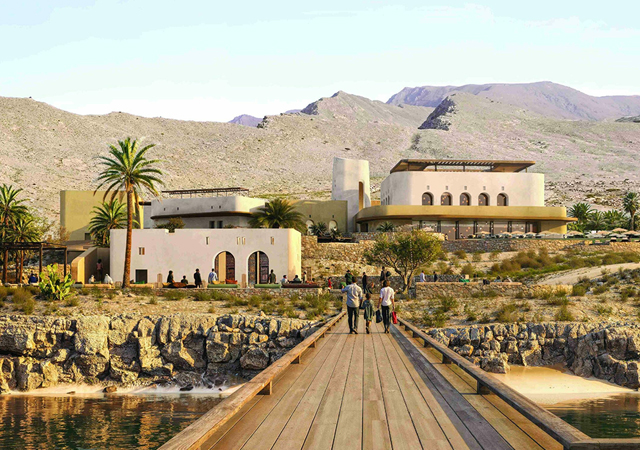
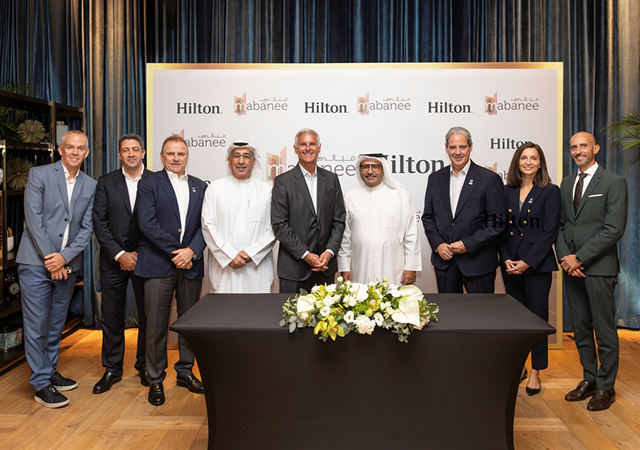


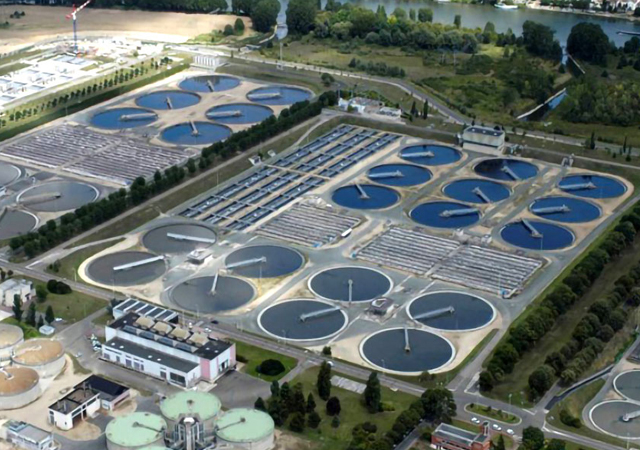
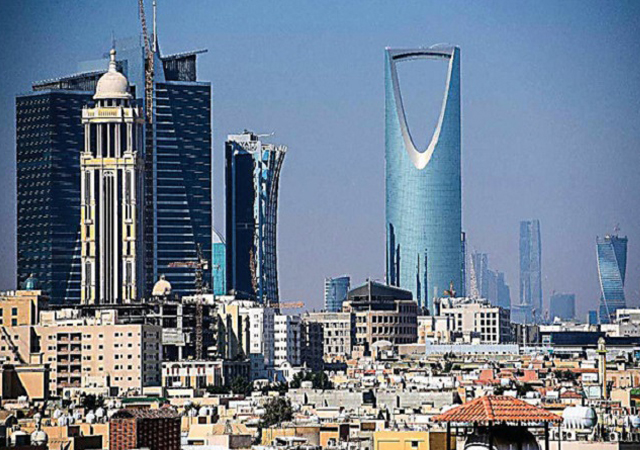

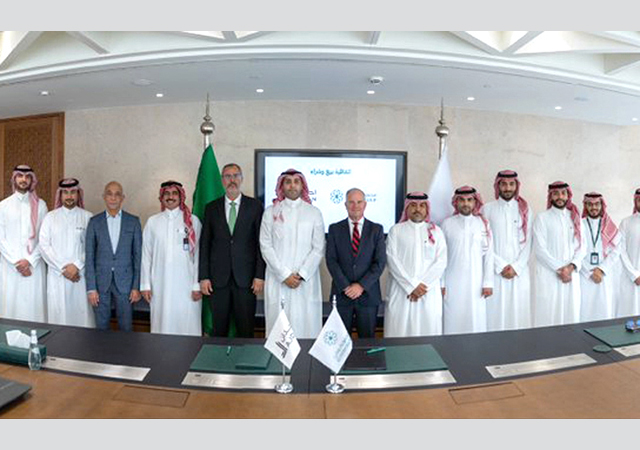

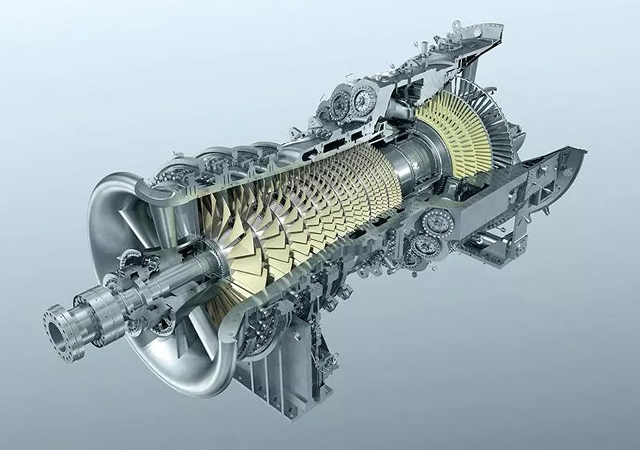
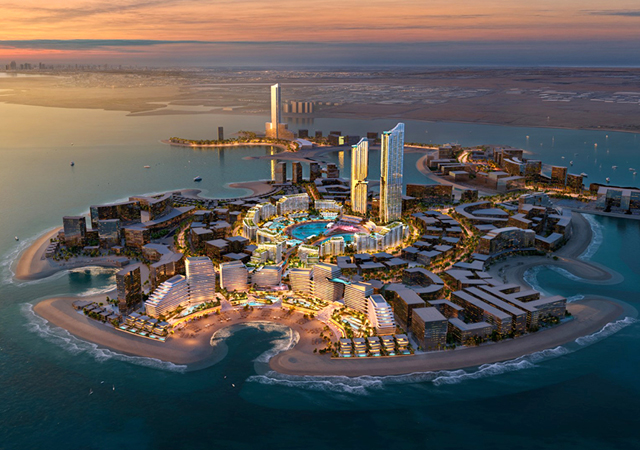
.jpg)
